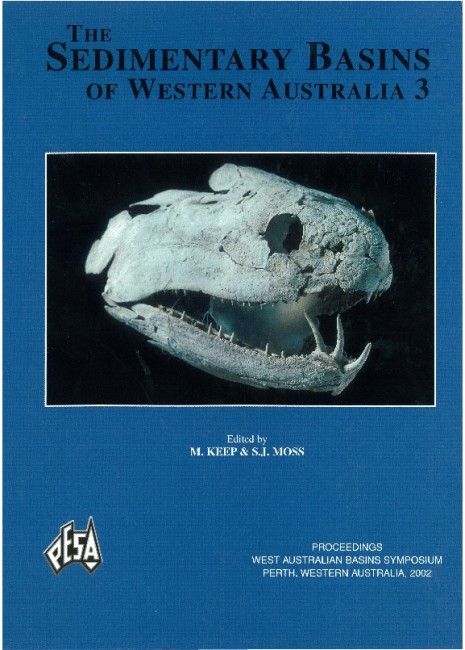Publication Name: The Sedimentary Basins of WA
Authors: J.R. Underschultz, G.K. Ellis, A. Hennig, E. Bekele & C. Otto
Publication Volume: 3
Date Published: December 2002
Number of Pages: 36
Reference Type: Book Section
Abstract:
Characterising the concentration of total dissolved solids (TDS) in formation water is important for wireline log analysis, reserves calculations, and understanding the hydrodynamic processes occurring in the subsurface.Unfortunately, measured TDS values from formation water samples are scarce and subject to poor sampling conditions and contamination. Water analysis data can be supplemented with wireline log-derived salinity estimates but uncertainty in these arise from assumptions required in the calculation method. There is a need to define a method for estimating formation water salinity that does not require a water sample and is independent from wireline log analysis.
An alternative approach is to estimate formation water salinity from wireline pressure data. Within a single
aquifer, the pressure gradient at any specific geographic location is related to the density of the formation flnid. The formation water salinity is calculated from density, temperature and formation pressure. The calculated water salinity is for in-situ conditions and is unaffected by drilling fluid invasion. Results from this method compare favourably with TDS measurements from produced formation water and salinity values derived from wireline electric logs for the Plover Formation in the Vulcan Subbasin. A hydrodynamic analysis of these strata is shown as a case study.


